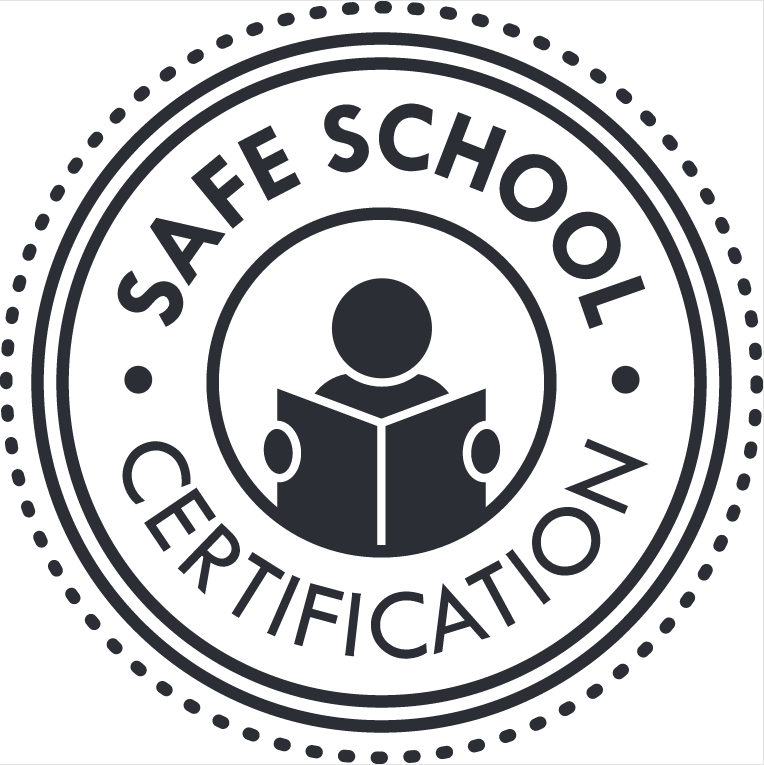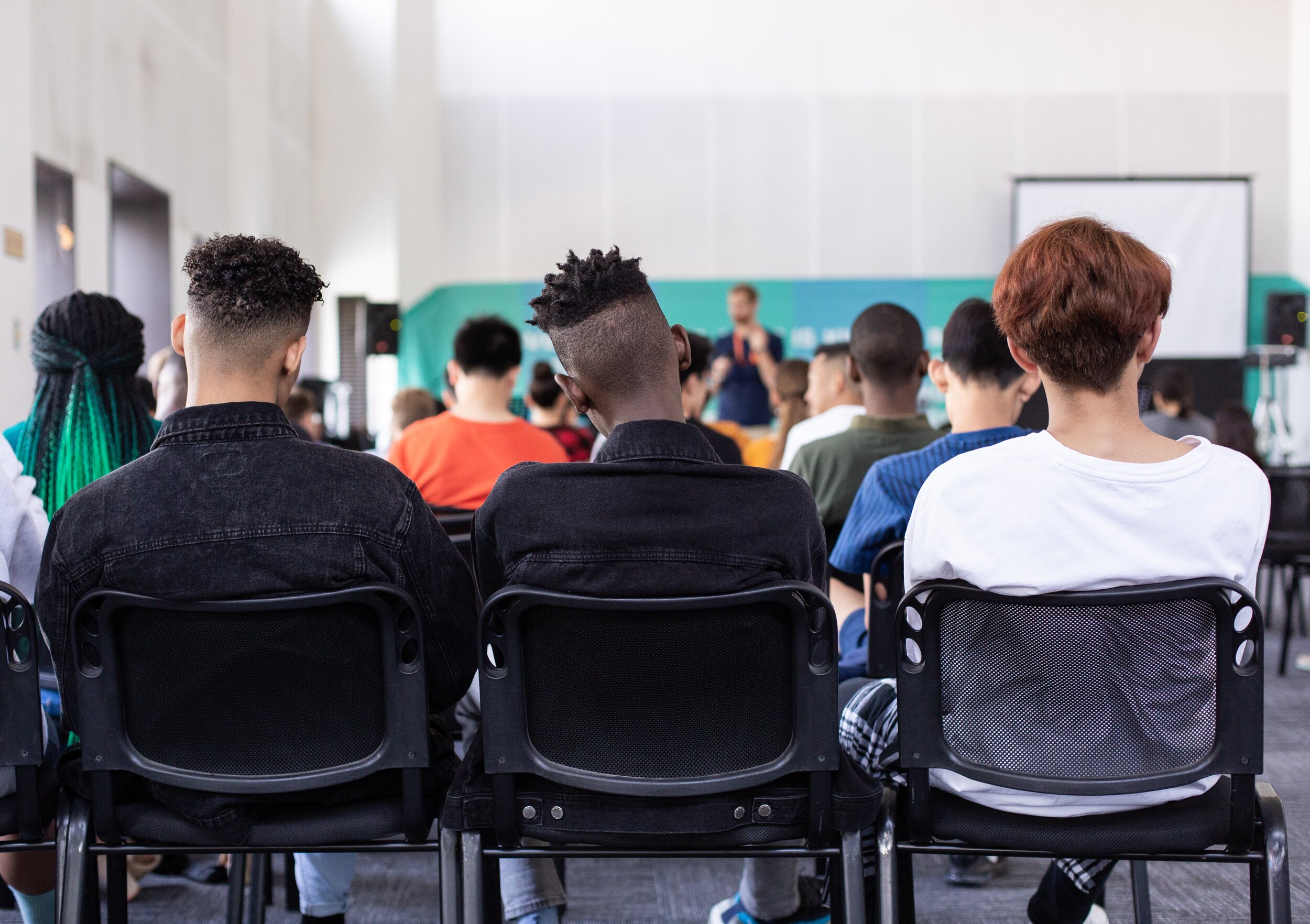Our framework is being studied in D.C. with support from the National Institute of Justice led by Child Trends
The youth-research organization Child Trends, the District of Columbia Office of Human Rights (OHR), and the Office of the State Superintendent of Education (OSSE) received a $3.8 million grant from the National Institute of Justice (NIJ) to focus on school climate and bullying prevention in District schools through implementation of Safe School Certification (SSC).
Site
Washington, DC
timeframe
2015-2020
Team
Dr. Deborah Temkin-Cahill
Suzanne Greenfield Ryan Roemerman Dominique Parris Michael McCoy Iris Jacob
―
Funded by the National Institute of Justice’s Comprehensive School Safety Initiative, this project is a 4-year impact and implementation evaluation of Safe School Certification in Washington D.C. public and public charter schools. The evaluation uses data from the Department of Education’s School Climate Surveys and the Classroom Assessment Scoring System-Secondary (CLASS-S) observation system.
This work builds upon an existing partnership between Child Trends, SSC, and OHR to support the implementation of DC’s anti-bullying law, the Youth Bullying Prevention Act of 2012. Work to date had focused primarily on helping education institutions develop compliant written anti-bullying policies. This effort represents the next step for this work, by providing technical assistance to schools to help them collect data, understand needs, and implement evidence-based programs and practices to improve school safety. Child Trends is evaluating the impact of the SSC framework by using a matched-pair cluster randomized design as well as a follow-up mixed-methods implementation evaluation to help improve the framework for wider dissemination.
What we’re learning:
1.
To successfully implement SSC there must be:
Leadership who believes in the framework, is transparent, and wants to continuously improve.
Capacity: Devoting respected personnel to steward the school through the process is key.
Equity and justice must be at the heart of this effort to create safe and supportive schools.
2.
Among the three schools who met the criteria for certification, they all surpassed the minimum final certification score of 80%
Our scoring tool lays out the eight elements and desired states with a ranking on a 0-2 scale (with 0 = starting, 1 = progressing, and 2 = meeting). The highest possible score would be 56 (receiving a “2” across 28 desired states). SSC does not expect a school to achieve 100% on each desired state. We understand that transformational and systemic change takes time. But there is a minimum threshold: A school receiving a final certification score below 45 (80%) is not eligible for certification. Across all three schools, the Certification Advisory Board (CAB) gave the schools an average of 81% for Checkpoint 1 and an average of 88% for Checkpoint 2. Final Certification scores had an average of 86.6%.
3.
In addition, all three schools who met certification:
Were law compliant
Attended community of practice meetings
Had less turn-over with their points of contact during the grant period
Received technical assistance and enhanced supports
Passed their checkpoints and didn’t require additional reviews
Had final certification scores between 85%-88%
The CAB found that across all three schools on average the elements that scored highest were “Policy and Enforcement” and “Student Engagement” and the lowest were “Data and Data-Based Decision Making” and “Family and Community Engagement.”
© 2024 Safe School Certification




